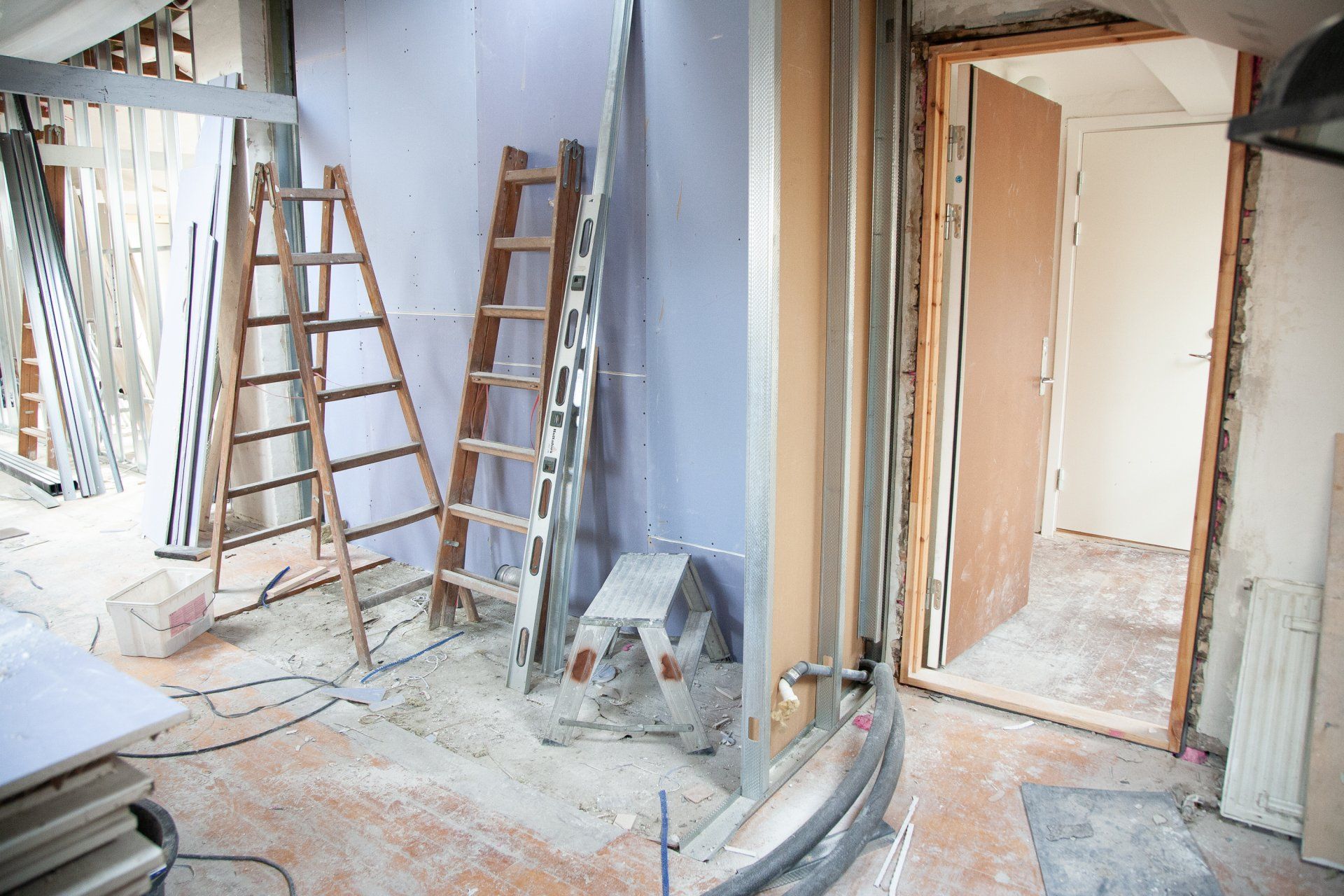Q: What remodeling hazards should I be concerned about?
A: Asbestos, formaldehyde, and other organic solvents, and leaded paint dust are the main ones. These hazardous materials can be released into the air when you remove the paint, hang cabinets or disturb other existing products that contain these materials. Paints, stripping and finishing products, and adhesives can also create indoor air pollution.
Q: By remodeling with products that don't include these hazardous materials, won't that minimize my exposure?
A: Not necessarily. Lead and asbestos were commonly used in home building until the late 1970's. Remodeling or attempting to remove these materials from a building can actually increase your risk of exposure. Often it's better to leave the lead- or asbestos-containing materials in place, but cover or seal them to reduce exposure. If you suspect these materials are in your home, seek professional help before remodeling. If you remodel, remember that careful cleanup is important to control exposure.
Q: What is asbestos and why should I be concerned about it?
A: Major sources of asbestos are deteriorating, damaged or disturbed insulation, fireproofing or acoustical materials, and floor tiles. You won't feel any immediate symptoms from excessive asbestos exposure, but there is a long-term risk of chest and abdominal cancers and lung disesase. Smokers are at higher risk of developing asbestos-induced lung cancer.
Q: Why should I be concerned about lead?
A: Young children (up to about six years old) are especially at risk of unknow-ingly ingesting lead contaminated dust or paint chips. Small amounts of lead dust, ingested regularly, can cause delayed development, reading and learning problems, lowered IQ, hyperactivity and discipline problems. Larger doses can cause high blood pressure, anemia, and kidney and reproductive disorders in kids and adults. Lead accumulates in the body and its effects are irreversible.
Q: What is formaldehyde and why should I be concerned?
A: Formaldehyde is often used as a preservative or as an adhesive in pressed wood products, such as paneling and particleboard, and furniture. Formaldehyde causes eye, nose and throat irritations; wheezing and coughing; fatigue; skin rashes; headache; loss of coordination; nausea; damage to liver, kidneys and the central nervous system; and severe allergic reactions. It has been linked to cancer.
Q: What about other chemicals used in remodeling, such as paints, wood stripper and finishes, adhescives, waxes and cleaners?
A: The products to watch for are those containing volatile organic compounds, which are organic solvents that easily evaporate into the air. Some may be flammable. Following are some of the compounds listed on the product label: petroleum distillates, mineral spirits, chlorinated solvents, carbon tetrachloride, methylene chloride, trichloroethane, toluene and formaledehyde. Other remodeling products can be a hazard if they are used improperly.

You may not realize that your remodeling project may be creating unhealthy household air.
Copyright © CNY Coalition For Healthy Indoor Air | All Rights Reserved
Binghamton, NY
13903
